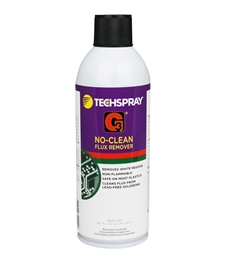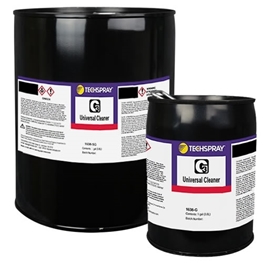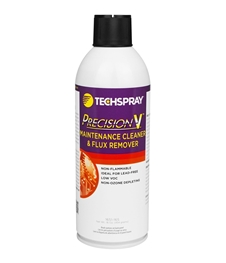
G3 Flux Remover
Strong, fast-acting & nonflammable flux remover
FAQ's
When should I clean off no-clean flux when soldering?
If it is not fully activated (brought up to solder temperature), you should not leave any ionic residue behind. You might have to clean if...
1. Flux is being used so liberally that it all isn’t being heated along with the solder.
or
2. The non-ionic residue can impede with the function of the devise either short-term or long-term.
1. Flux is being used so liberally that it all isn’t being heated along with the solder.
or
2. The non-ionic residue can impede with the function of the devise either short-term or long-term.
How do you know the safe exposure limit of a degreaser, contact cleaner, or flux remover?
The personal hazard associated with a solvent is often defined using Threshold Limit Value (TLV), which is the recommended average exposure in an 8-hour day, 40 hour work week. The lower the TLV of a particular substance, the less a worker can be exposed to without harmful effects. TLV is stated on the SDS of chemical products, in additional to recommended personal protection equipment (or PPE). The threshold limit value of a solvent is generally set by the American Conference of Governmental Industrial Hygienists (ACGIH). The unit of measure is Parts Per Million (PPM).
You did not finish submitting your information to request a sample







